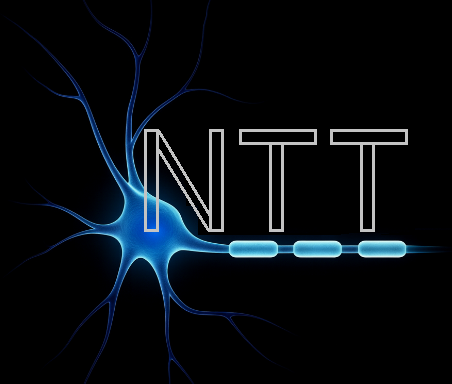Abstract
The long-term goal of our work is to restore independence, mobility, and function to individuals affected by neurological injury or disease through intelligent neuroprosthetic systems. Conditions such as spinal cord injury, limb loss, stroke, and traumatic brain injury affect millions worldwide, creating profound personal, clinical, and economic challenges. Neuroprosthetics provide a scientific foundation for addressing these challenges by directly engaging the nervous system and muscles with advanced sensing, stimulation, and AI-driven control.
Our initial platform integrates Functional Electrical Stimulation (FES), IMUs, and EMG within wearable peripherals and KAFO-style braces to create a complete, AI-driven rehabilitation and mobility system. This represents a significant advance over state-of-the-art exoskeletons by combining therapeutic muscle training with adaptive control that leverages the body’s own biological systems.
Early results demonstrate potential for precise gait control, improved balance, and measurable rehabilitation benefits, including pathways toward regaining partial voluntary muscle function. Beyond paralysis, these principles can be extended to prosthetics for lost limbs, post-stroke motor recovery, and traumatic brain injury rehabilitation, positioning our technology as a foundation for the next generation of neuroprosthetic devices. To achieve this, we have also designed specialized equipment with the sole purpose of training AI models using real-world movement data — from walking to hand and arm motions — ensuring our systems learn directly from human biomechanics.
